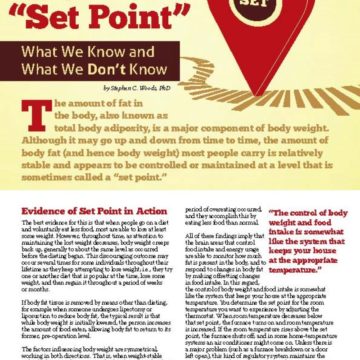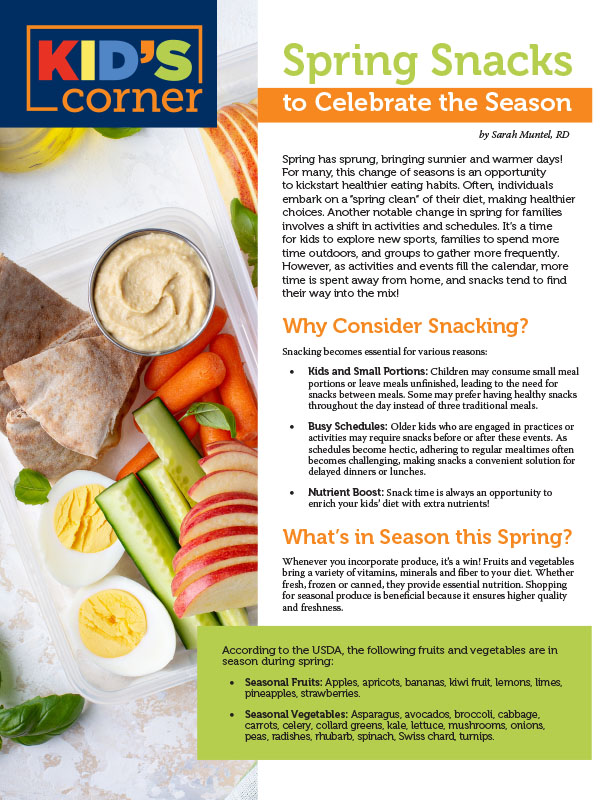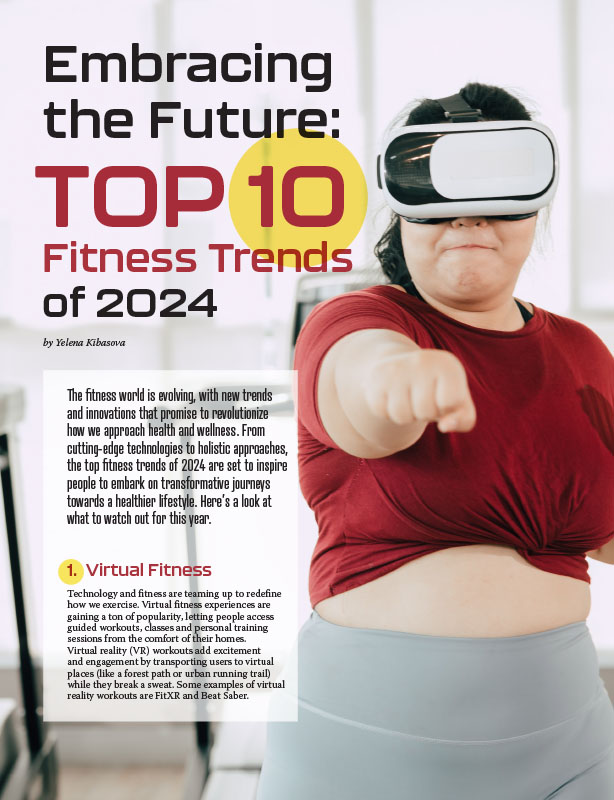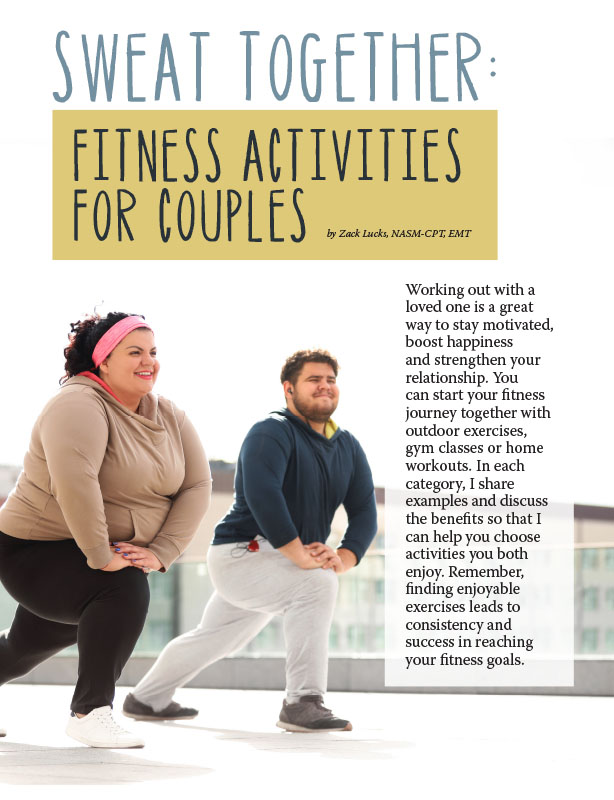Staying Lean and Healthy When Living on the GO!


by Veronica Tomor, PharmD, BCPS
Spring 2014
The Facts
We all live hectic lifestyles these days. Everything is fast paced, on-demand and electronic, which underscores the speed at which we expect everything. According to recent statistics, there is an increasing reliance on foods prepared away from home. Americans dine out three to five times a week away from home and fast food accounts for 1/3 of all calories consumed. Nearly 50 percent of food dollars are spent on away-from-home foods and meals. These have higher levels of calories, fat, sugar and salt.
The Consequences
Unfortunately, this trend is strongly associated with overweight and obesity. How could eating out, which was originally designed to be an occasional enjoyable activity, turn into something so lethal? How does this become an unhealthy habit and what is the mindset that leads us into gaining the pounds? In a survey published in American Demographics, eating out was a last minute decision for 51 percent of Americans, 64 percent of young adults, 52 percent of adults over the age of 60, accounting for 75 percent of trips to fast-food outlets and 42 percent of full-service restaurants.
The Science
When we are hungry and rushed, we typically do not think nutrition and health, even if we have a pre-existing condition such as diabetes, hypertension or high cholesterol. Our physiologic need to calm the “hunger demons” takes over, and we are driven by impulse as opposed to rational thought. Our “eat and repeat” behaviors from habits typically kick in and next thing we know we are ingesting 2,000 calories in one meal merely by impulse. As consumers, we can choose between two snacks in less than 1/3 second and choices for “vice” foods are faster than choices for “virtue” foods (574 milliseconds vs. 619 milliseconds).
The Travel Factor
If you are one of the unfortunate souls that travel (gets on a plane) or drives several hours to get to work, the problem is usually much more difficult and becomes your work commute as opposed to occasional leisure trip. It is the norm for many Americans today – including me. Traveling and eating out usually go hand-in-hand. Not only is the nutritional component of your food badly affected, but also the stress on your body is increased. If you have an exercise routine, it typically goes out the wayside. For some reason, any excuse to leave it behind at home becomes a pattern and then a habit, a bad habit. The solution to the problem is not as easy as it seems. It involves a combination of many things including time constraints, behavioral and emotional factors.
Living on the road has many emotional triggers that drive eating such as loneliness, guilt from being away so much from family and more. Be mindful about what you are eating and make the right choices by reading labels and hydrating even more than at home (airplanes are very dehydrating).
The Solution
General Guidelines:
- Plan ahead – being proactive and “guarded against the hunger demons” is essential.
- Carry smart snacks with you at all times and pack them in all your bags.
- Hydrate all day (surprising how water is so beneficial and holds off hunger), hotels have buffets with tons of fresh fruit and usually apples and bananas you can carry with you and snack during the day.
- Fill your plate in colors and prioritize the selection on your plate by starting with protein first, then fiber and carbs.
Legislation has forced many restaurants and food chains to post calorie content on the menu rather than in a nutrition pamphlet. When that is available, many consumers are making lower calorie and fat choices. It is a very proactive approach to educate the public on understanding the nutritional content of their foods, thereby enhancing positive behavior changes.
Eating and Exercise Tips for Traveling
Exercise
- My first rule of thumb is packing your gym clothes in your suitcase first, before the rest of your clothes. If you are a walker or jogger, ask the front desk for routes when you check-in.
- Pack exercise bands. They’re small and easy to fit in the suitcase.
Hotel Room
- If there is a mini fridge in your room, when offered the key to the fridge, say no!
- Careful with room service, look for lean choices first.
- Order water with your meal. Sodas and juices can add up to empty calories.
Restaurants
- Meats – Try to stay lean (sirloin or filet). Ask for it to be cooked with no oil or butter. You can always add a little salt or pepper.
- Carbs – Order a dry sweet potato, baked potato (without the extras) or rice.
- Veggies – Be sure to ask for them “steamed with no butter.”
- Emphasize “no sauce” on anything!
- Have fun and plan ahead!
Resources for the Road
Myfitnesspal – Calorie Counter & Diet Tracker
Ranking first on our list again for 2014, this nutrition and health app from MyFitnessPal provides calorie counts for more than 3.5 million foods and 300 exercises, a goal and calorie tracking tool, and a barcode scanner. Unlike other diet apps, all the features are free and built-in.
FITOCRACY
This new entry on the list earns a spot for its unique approach to weight-loss. Fitocracy treats weight-loss almost like a game: Start at level 1 and move up by completing certain activities, training, and interacting with other “Fitocrats.” Along the way you also earn badges; so-called “heroes” can “duel” a fellow Fitocrat.
Lose It! & Fooducate
These two diet apps tie for third place. Both feature a barcode scanner, a food and exercise tracking function and exercises. Lose It! includes a “budgeting” feature for calories and Fooducate’s app grades foods you’ve eaten according to their ingredients and nutritional content.
Remember, the most important part of staying healthy while traveling is sticking to your routine. Most hotels offer 24-hour fitness centers. You can also always pack your walking/running shoes for a nice morning or evening stroll. Thanks to modern technology, you can also download a variety of apps, such as those mentioned in this article, to help you make smart food choices.
About the Author:
Veronica Tomor, PharmD, BCPS, has more than 20 years of experience in clinical practice. She transformed her career to serve others from a treatment approach to that of prevention and education through nutrition and physical activity. She is a certified health coach, speaker and the author of the L.E.A.N. (Living Educated About Nutrition on the GO!) Guide for the Business Traveler. She is also a Florida site leader for WeCan! (Ways to Enhance Children’s Activity and Nutrition) by the NIH/ NHLBI.
by Sarah Muntel, RD Spring 2024 Spring has sprung, bringing sunnier and warmer days! For many, this…
Read Articleby Yelena Kibasova Spring 2024 The fitness world is evolving, with new trends and innovations that promise…
Read Articleby Zack Lucks, NASM-CPT, EMT Winter 2024 Working out with a loved one is a great way…
Read Article








